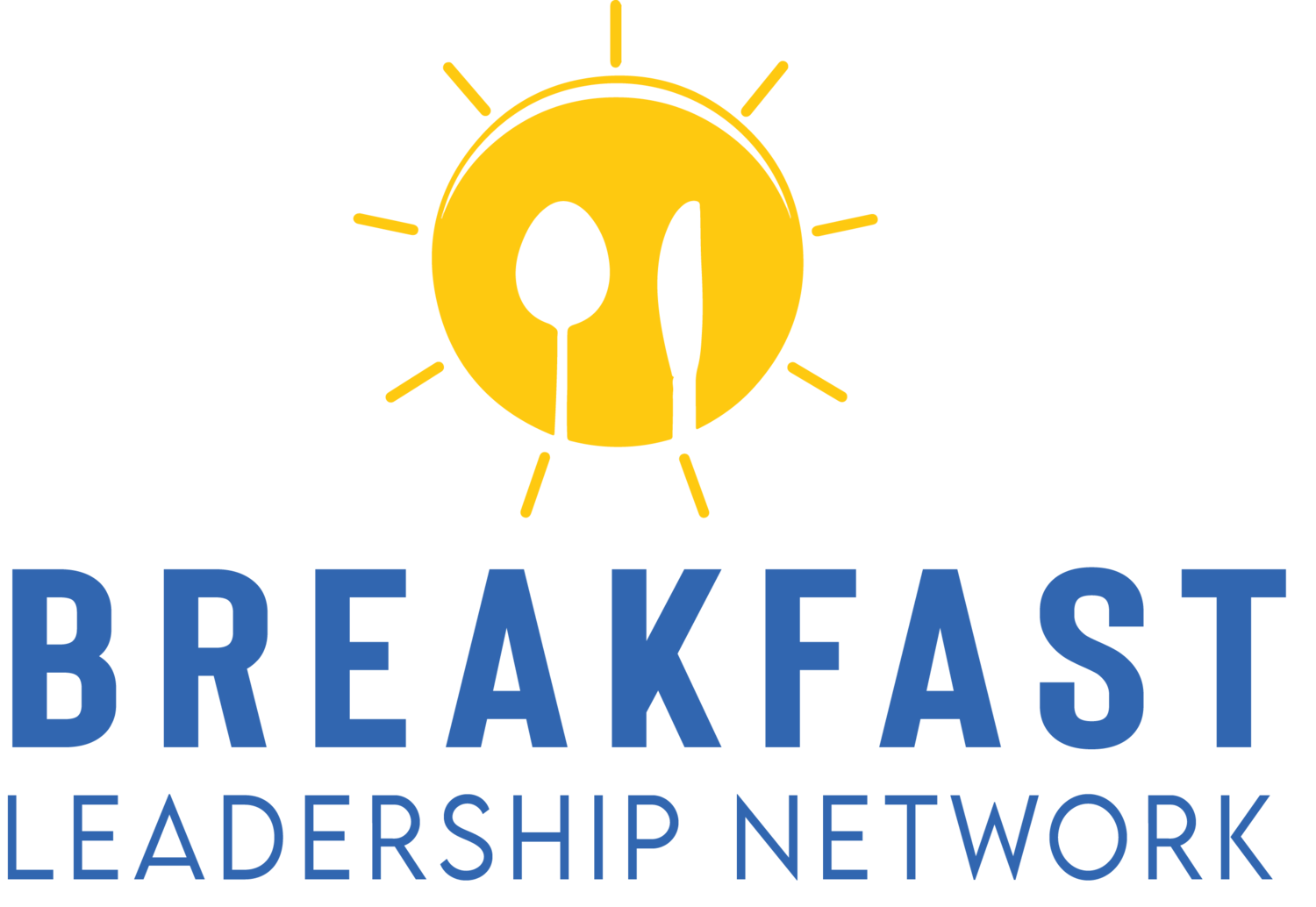Wellness at Work: More Than Frameworks and Perks. It Is About Redesigning Leadership
The conversation around wellbeing in the workplace has finally caught fire. Articles and frameworks are everywhere, urging leaders to embrace wellness as a strategic imperative. I agree with the sentiment: burnout, loneliness, and organizational exhaustion are real. But here is the counterpoint. Wellness is not a strategy you bolt on, and it is not something leaders can flowchart their way into.
If we treat wellness as another box to check, we miss the point. Worse, we risk turning something deeply human into a performance metric.
The Limits of Framework Thinking
The FLOW Framework described in the original piece offers solid guidance. Focus, integrity, culture, and wellbeing are all pillars of effective leadership. But how many organizations will paste those four words into a PowerPoint, nod in agreement, and then change very little?
Frameworks give leaders language, but they do not force leaders to do the harder work: unlearning toxic practices, confronting ego-driven decision-making, and fundamentally changing how work is designed.
True wellbeing does not come from a model. It comes from leaders who are willing to dismantle unsustainable systems that reward overwork and celebrate “always on” availability.
The Real Crisis: Systemic Overload
The problem is not that leaders do not know wellness matters. The real issue is that our systems are not built to support it.
Workload expectations: Employees are expected to do the jobs of three people with half the resources. No wellness initiative can offset chronic understaffing.
False urgency: Everything is positioned as a crisis, creating adrenaline-driven cultures where calm feels like laziness.
Misaligned incentives: Many organizations still reward those who sacrifice health for results, sending the message that wellness is secondary to output.
Until leaders redesign the system itself, wellness talk risks becoming lip service.
The Leadership Reckoning
Here is the uncomfortable truth: Well-being starts with leaders owning their impact. I have worked with executives who privately admit they are burned out but publicly push their teams to deliver more with less. That dissonance erodes trust.
The best leaders do not just model self-care. They re-engineer expectations:
Shorter meetings and fewer emails.
Workflows that respect boundaries.
Clear priorities instead of endless firefighting.
Recognition that recovery time is a business asset, not wasted time.
Until this reckoning happens, frameworks will not fix culture.
Wellness Is Not a Perk. It Is a Redesign.
Yes, wellness is essential. But we must stop framing it as a perk or a strategy. It is the very foundation of sustainable organizations. Leaders need to stop asking: How do we add wellness to our culture? The better question is: What systemic dysfunction makes wellness impossible here?
Wellness is not a meditation app subscription. It is designing jobs that do not crush people. It is eliminating false urgency. It is aligning values with actions every single day, not just during wellness week.
The Counterpoint in Practice
So what does this look like in practice?
Audit workloads with brutal honesty. If your team is drowning, no framework will save them.
Kill false urgency. Most “emergencies” are leadership failures in planning.
Redefine success. Stop equating output with worth. Start measuring health, retention, trust, and the impact of workplace health programs alongside results.
Lead visibly. Do not just encourage vacation. Take it. Do not just preach boundaries. Enforce them for yourself and your team.
This is not glamorous work. It will not fit neatly on a slide. But it is the work that matters.
Beyond the Pause
The original article highlights the importance of pausing. I agree. But pausing is only useful if it leads to redesign, not more reflection without action.
Leaders do not need another framework to memorize. They need the courage to stop perpetuating broken systems. Wellness will follow, not because it was added to the plan, but because it became the plan.
